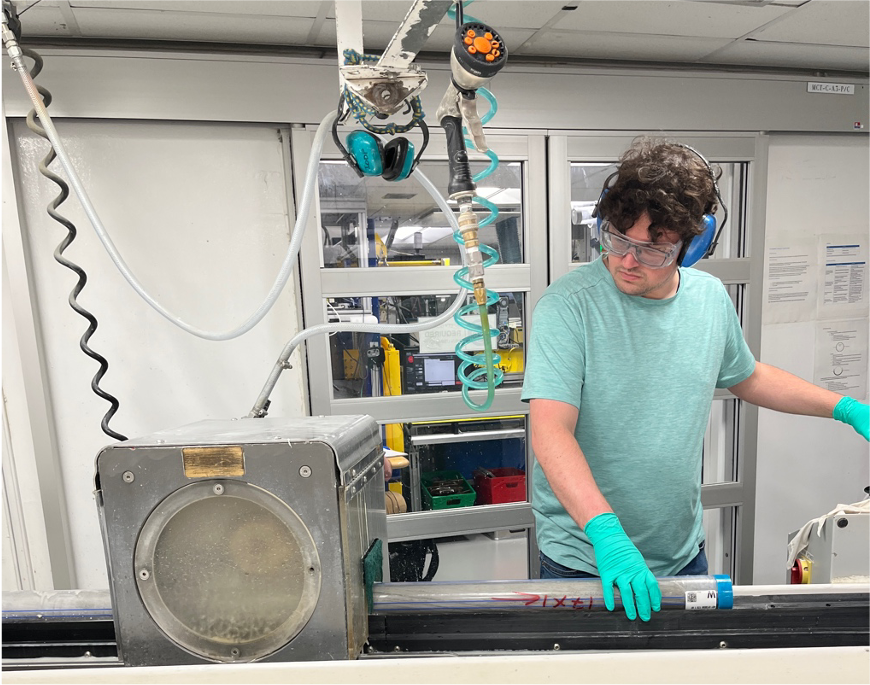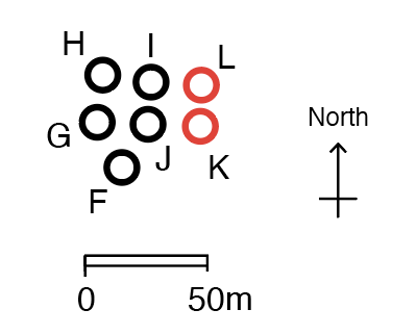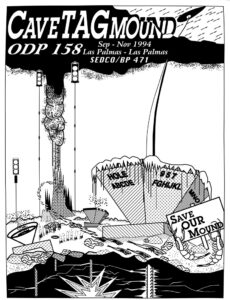
Reaching Hole L

Earlier this week, Expedition 401 drilled the 12th hole at Site U1385 in the North Atlantic. That means this is hole is called Hole U1385L, because “L” is the twelfth letter of the alphabet and holes are named for consecutive letters. While Expedition 401 didn’t drill all of these, it continues on the lettering and legacy of the missions that came before it.
Numerous holes are drilled at the same site for a variety of reasons. For example, it can provide more samples of the target age range of rock or uncover a period of the record that was missed in the first holes. Returning to an existing site also provides some knowns. You can learn from past expeditions what types of drilling work best at that location and what challenges exist beneath the surface.
The JOIDES Resolution has returned to Site U1385 to drill deeper at this site than any past expeditions. Expedition 397 was the last to visit Site U1385 in 2022, but had to leave to get to their last site before hitting Expedition 401’s age of interest. Holes K and L provide a record at this site beyond 5 million years.
But this got our scientists wondering, which expedition holds the record for drilling the most holes at one site?
We checked in with Expedition 401 Curatorial Specialist Carel Lewis for the answer.
Leg 158, TAG Hydrothermal Mound

Sailed in 1994, Ocean Drilling Program (ODP) Leg 158 still holds the record for the most holes drilled at one site three decades later. Expedition 345 to Hess Deep came close in 2013, with one hole fewer.
The goal of the mission was to analyze the formation of mineral deposits more than two miles below the ocean’s surface at a hydrothermal mound in the Atlantic Ocean. Since their focus was on one specific location, the Trans-Atlantic Geotraverse hydrothermal mound, all of the holes from the expedition were drilled at this one site.
This is part of what caused the expedition to reach a record hole “Q,” drilling 17 separate holes at this one location.
After the expedition, co-chief Dr. Peter Herzig told the Ocean Drilling Program (ODP) that the samples and data collected from the leg represented a significant step forward in our understanding of how some of the large base metal ore deposits on land were formed at the seafloor.
“We have learned how complex these seafloor mineral deposits are and we begin to realize that the activity of those ore factories in the deep sea must have a considerable impact on the composition of both seawater and the oceanic crust,” said Herzig.
While Expedition 401 isn’t setting a record with Hole U1385L, but its data will make an important contribution to an understanding of the history of the Atlantic, as well as the Mediterranean.